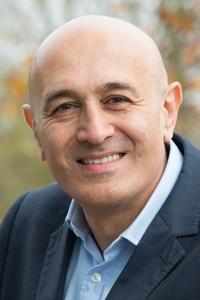Fukushima: Is Nuclear Power Safe?
Genres
Documentary
OverView
Six months after the explosions at the Fukushima nuclear plant and the release of radiation there, Professor Jim Al-Khalili sets out to discover whether nuclear power is safe. He begins in Japan, where he meets some of the tens of thousands of people who have been evacuated from the exclusion zone. He travels to an abandoned village just outside the zone to witness a nuclear clean-up operation. Jim draws on the latest scientific findings from Japan and from the previous explosion at Chernobyl to understand how dangerous the release of radiation is likely to be and what that means for our trust in nuclear power.
Others
Budget
$--
Revenue
$--
Status
Released
Original Language
English
Runtime
0 mins
Rating
6.8/10
Release Date
01 January 2011
Country

